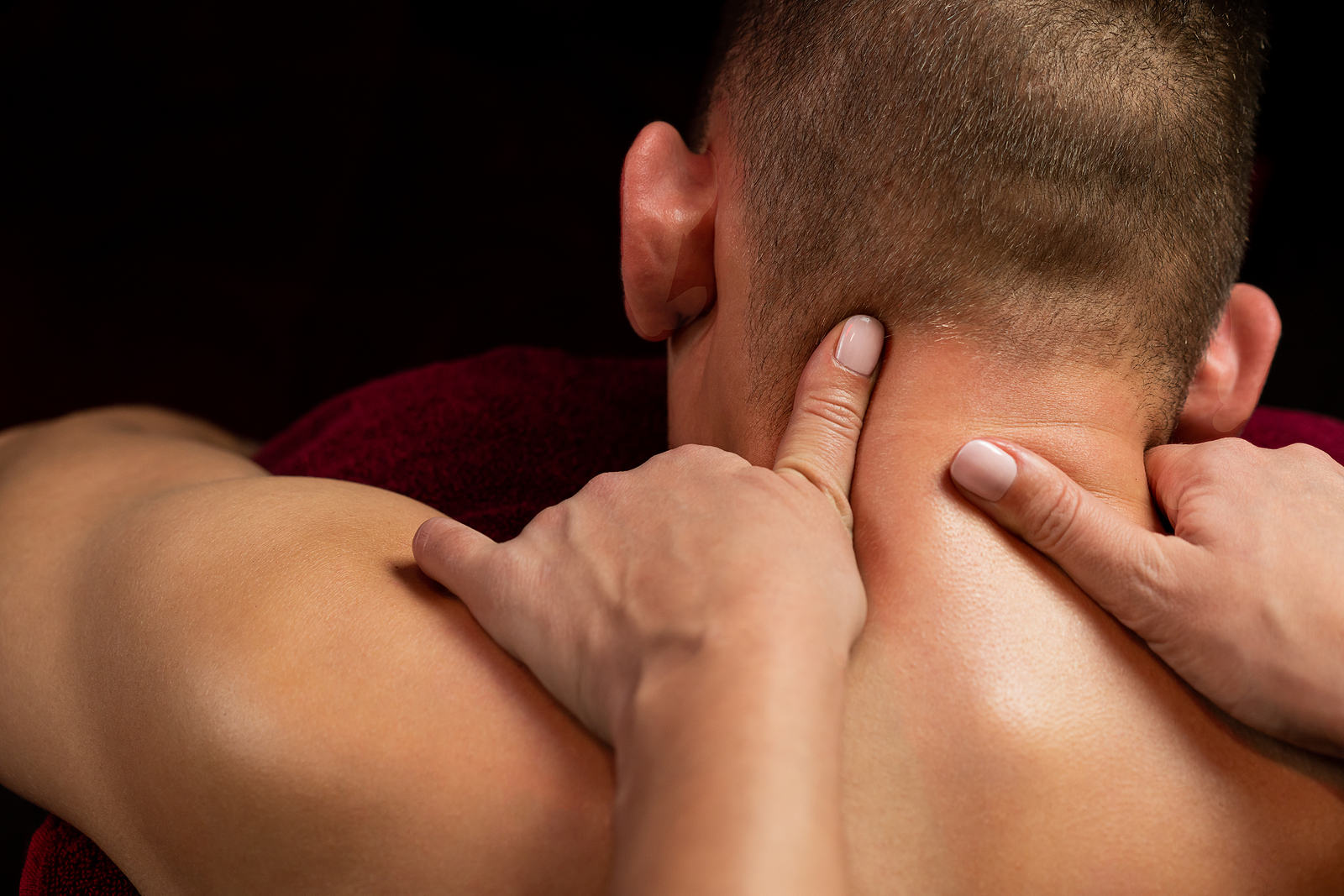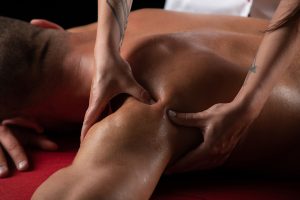
News
Incredible Health Benefits of Routine Massage Therapy at Olive Massage
Unlocking Wellness: The Incredible Health Benefits of Routine Massage Therapy at Olive Massage in Chesterfield, MO. (MassageSpaSTL) In the heart of Chesterfield, Missouri, Olive Massage


